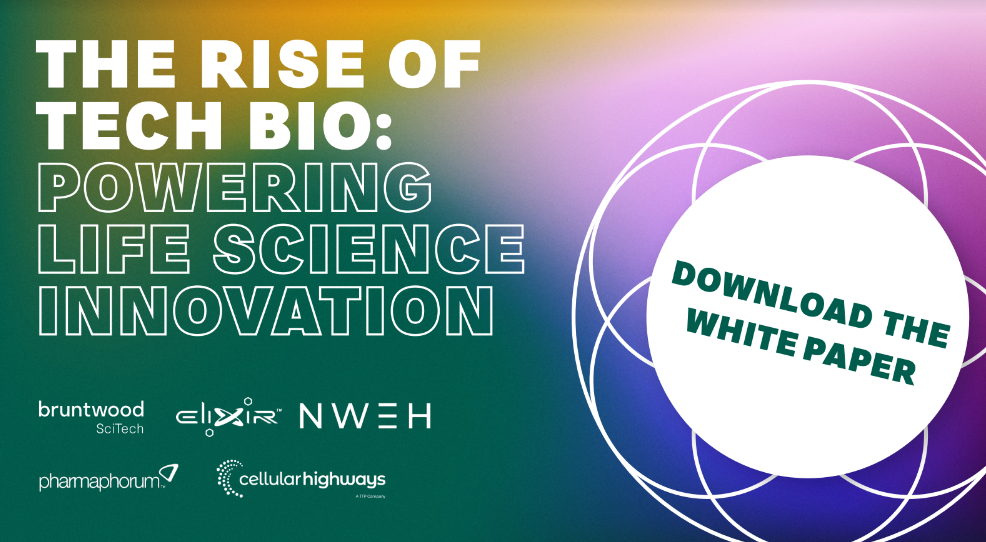The Science of software infrastructure | 01: Why we’re writing this series
Thought Leadership
Thought Leadership
Scientific research is built on precision, collaboration, and efficiency. But when it comes to the software infrastructure that supports these critical workflows, things are often less than ideal. Too many research organizations rely on legacy systems, brittle pipelines, and deployment processes that aren’t designed for scale, security, or flexibility.
At Elixir Software, we specialize in building scientific workflow solutions that eliminate bottlenecks, improve visibility, and ensure that research teams can focus on what they do best: advancing science. Our work has shown us firsthand how modern infrastructure can transform how scientific teams operate. However, technology doesn’t stand still—and neither can we.
This blog series is about the process of modernizing scientific software infrastructure: the tools, techniques, and philosophies we’re applying to build scalable, secure, and resilient solutions for research-driven organizations.
If you work at the intersection of science and software, this series is for you. We’re writing for:
- Scientific Leaders and Research Teams
– You might not be deep in the weeds of cloud infrastructure, but you care about reliability, security, and performance. You want software that works when you need it, every time.
- Software Engineers and DevOps Professionals
– If you’re navigating the challenges of deploying and maintaining infrastructure for research environments, we’ll be discussing real-world solutions to real-world problems.
- Platform Engineers & Team Leaders – A strong foundation isn’t just about technology, but also about how teams work together to roll out and sustain these improvements. We’ll be exploring team structures, cross-team interactions, and metrics like MONK to measure developer adoption and engagement.
We’re not just upgrading our stack for the sake of it. Scientific software infrastructure is often an afterthought, which leads to slow deployments, unpredictable downtime, and security risks. We believe that by adopting best practices from modern cloud architecture, we can:
- Make scientific software more resilient
– Cloud-agnostic, multi-AZ deployments, and self-healing systems ensure research workflows keep running, no matter what.
- Ensure continuous availability
– Zero-downtime deployments and automated failovers mean fewer disruptions.
- Enhance security
– Scientific data is valuable and often sensitive. We’re implementing stronger security frameworks to keep it safe.
- Improve developer experience
– We’re using GitOps to automate infrastructure deployments and reduce the time it takes to deliver new features and fixes.
- Scale intelligently
– Scientific research is dynamic. Our infrastructure must handle variable workloads efficiently.
- Build the right teams to support all of this – None of these improvements matter if they aren’t supported by a well-structured team. We’ll explore best practices in team organization, cross-functional collaboration, and measurement frameworks to ensure adoption and success.
Over the next few posts, we’ll break down how we’re implementing these improvements, including:
- Resilience
– Designing failover systems that can withstand disruptions.
- Zero-Downtime Deployments
– How we’re rolling out updates without interrupting researchers.
- Security Enhancements
– Best practices we’re applying to protect sensitive data.
- GitOps in Action
– How we’re using automation to streamline software updates and infrastructure changes.
- Scaling for the Future
– Lessons learned in building infrastructure that grows with the needs of scientific teams.
- Team Structure & Cross-Team Collaboration – Exploring how effective team structures enable success in rolling out and maintaining these improvements. We’ll also discuss MONK metrics to measure developer buy-in and engagement, ensuring that infrastructure changes are embraced rather than resisted.
We’re not just improving our own stack - we want to share what we learn along the way. If you’ve ever had to balance cutting-edge research with cutting-edge software, we think you’ll find something useful here. Welcome aboard.
Scientific research is built on precision, collaboration, and efficiency. But when it comes to the software infrastructure that supports these critical workflows, things are often less than ideal. Too many research organizations rely on legacy systems, brittle pipelines, and deployment processes that aren’t designed for scale, security, or flexibility.
At Elixir Software, we specialize in building scientific workflow solutions that eliminate bottlenecks, improve visibility, and ensure that research teams can focus on what they do best: advancing science. Our work has shown us firsthand how modern infrastructure can transform how scientific teams operate. However, technology doesn’t stand still—and neither can we.
This blog series is about the process of modernizing scientific software infrastructure: the tools, techniques, and philosophies we’re applying to build scalable, secure, and resilient solutions for research-driven organizations.
If you work at the intersection of science and software, this series is for you. We’re writing for:
- Scientific Leaders and Research Teams
You might not be deep in the weeds of cloud infrastructure, but you care about reliability, security, and performance. You want software that works when you need it, every time.
- Software Engineers and DevOps Professionals
If you’re navigating the challenges of deploying and maintaining infrastructure for research environments, we’ll be discussing real-world solutions to real-world problems.
- Platform Engineers & Team Leaders
A strong foundation isn’t just about technology, but also about how teams work together to roll out and sustain these improvements. We’ll be exploring team structures, cross-team interactions, and metrics like MONK to measure developer adoption and engagement.
We’re not just upgrading our stack for the sake of it. Scientific software infrastructure is often an afterthought, which leads to slow deployments, unpredictable downtime, and security risks. We believe that by adopting best practices from modern cloud architecture, we can:
- Make scientific software more resilient
Cloud-agnostic, multi-AZ deployments, and self-healing systems ensure research workflows keep running, no matter what.
- Ensure continuous availability
Zero-downtime deployments and automated failovers mean fewer disruptions.
- Enhance security
Scientific data is valuable and often sensitive. We’re implementing stronger security frameworks to keep it safe.
- Improve developer experience
We’re using GitOps to automate infrastructure deployments and reduce the time it takes to deliver new features and fixes.
- Scale intelligently
Scientific research is dynamic. Our infrastructure must handle variable workloads efficiently.
- Build the right teams to support all of this
None of these improvements matter if they aren’t supported by a well-structured team. We’ll explore best practices in team organization, cross-functional collaboration, and measurement frameworks to ensure adoption and success.
Over the next few posts, we’ll break down how we’re implementing these improvements, including:
- Resilience
Designing failover systems that can withstand disruptions.
- Zero-Downtime Deployments
How we’re rolling out updates without interrupting researchers.
- Security Enhancements
Best practices we’re applying to protect sensitive data.
- GitOps in Action
How we’re using automation to streamline software updates and infrastructure changes.
- Scaling for the Future
Lessons learned in building infrastructure that grows with the needs of scientific teams.
- Team Structure & Cross-Team Collaboration
Exploring how effective team structures enable success in rolling out and maintaining these improvements. We’ll also discuss MONK metrics to measure developer buy-in and engagement, ensuring that infrastructure changes are embraced rather than resisted.
We’re not just improving our own stack - we want to share what we learn along the way. If you’ve ever had to balance cutting-edge research with cutting-edge software, we think you’ll find something useful here. Welcome aboard.
More on Thought Leadership




